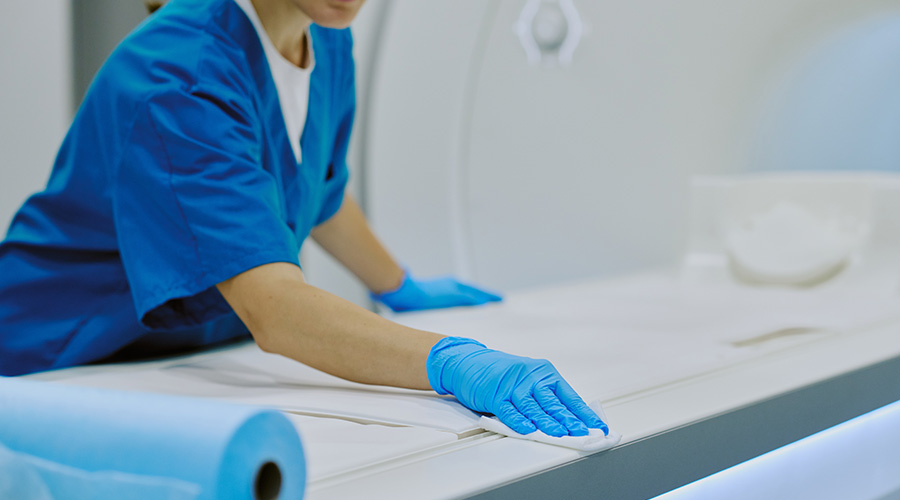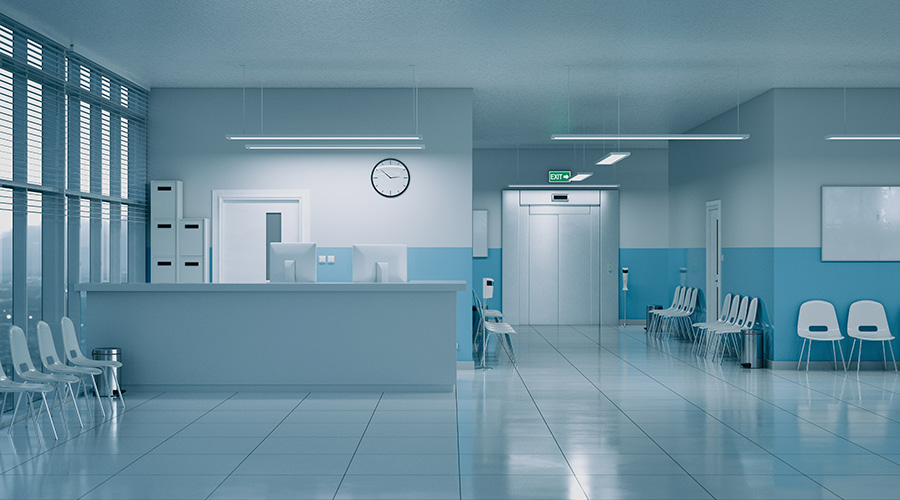Hospital beds are where most patients spend the majority of their time, after all, and new "smart beds," help patients stay safe, while "smart" capabilities help nurses analyze information and improve patient care. The beds connect to EMR networks to send patient data and help nurses monitor patient statistics such as movement and weight changes, according to an article on the DotMed website.
Technology companies are joining in the smart bed trend, too, offering useful tools that can work in harmony with the beds to yield even more valuable data, the article said.
Innovations are giving the industry a boost. Thanks to the rise of the “smart bed,” the industry is slated to grow at a rate of 4.2 percent over the next few years. The industry was worth $2.5 billion in 2012, according to an IBISWorld market research report.
One major focus of “smart bed” advances is improving patient safety and comfort throughout a potentially lengthy hospital stay. Though patient safety has always been a focus, the Affordable Care Act has made patient satisfaction and comfort even more important.
Falls in particular are a point of concern. Smart beds use a sensor, placed under the mattress, to help prevent patient falls. Rather than just letting nurses know when a patient is getting out of bed, the technology also creates reports of patient movement that nurses can look at for patterns.
Read the article.

 Hand, Foot and Mouth Disease on the Rise
Hand, Foot and Mouth Disease on the Rise BayCare Reveals Pagidipati Children's Hospital at St. Joseph's
BayCare Reveals Pagidipati Children's Hospital at St. Joseph's Preparing for the Hazards of Winter Weather
Preparing for the Hazards of Winter Weather Why Identity Governance Is Becoming a Facilities Management Issue
Why Identity Governance Is Becoming a Facilities Management Issue Habitat Health Opens South Los Angeles PACE Center
Habitat Health Opens South Los Angeles PACE Center